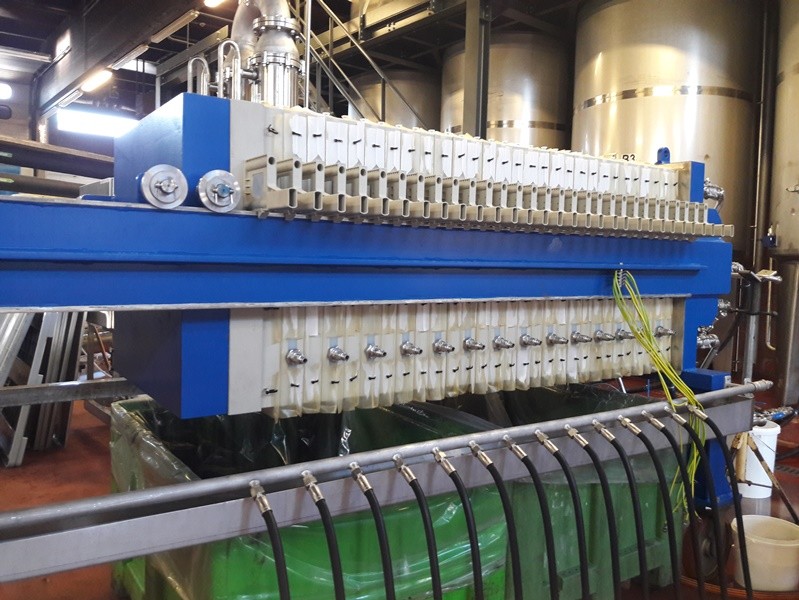Rehap - Helping to reduce energy consumption in the bioeconomy
The drive towards greater energy efficiency is not limited to the generation of heat, lighting or the creation of smarter cities. As the bioeconomy continues to make its own waves in tackling climate change by increasing the production and utilisation of biological resources and biological processes and by promoting principles of sustainability and the circular economy, a significant element of this is in creating the efficient processes needed to achieve both sustainable production and reduce energy consumption in that production. The cross-cutting nature of the bioeconomy means that it addresses a handful of challenges such as food security, natural resource scarcity and fossil-resource dependence. Currently, the building sector accounts for 40 per cent of total energy use in the EU with arguably not enough happening to improve the energy performance in the construction industry. Rehap is an EU-funded project aiming to strengthen the bioeconomy by creating novel materials from agricultural and forestry residues. The project is looking to develop methods to convert these natural wastes into sustainable polyurethanes, bio-additives and high-performance bio-resins to be used commercially in the green building sector for foams, adhesives, wooden panels and concrete. In the development of these new bio-based alternative materials, one of the project’s targets is to decrease the use of fossil resources and energy, and optimise alternative energy resources in the process industry. In doing so, Rehap aims to highlight the areas and possibilities available to other industries in mitigating climate change with a renewed industrial base reducing energy demand and lowering emissions. Optimisation The efficient use of energy is continually gaining importance and is a crucial contributor towards reducing CO2 emissions and the energy consumption in the process industry. However, with energy already being one of the largest cost factors in this sector the optimisation and subsequent improved energy efficiency of industry will benefit both the climate and lead to energy cost savings. “The current state most typical of industrial processes is that they are poorly optimised which is leading to unfavourable environmental and economic impacts,” explains Aitor Barrio, research scientist in the Building Technologies Division of Tecnalia and Rehap project coordinator. “However, there is a lot of potential to minimise energy consumption through the optimisation of process conditions, modifying equipment and updating techniques, and that’s what we’re trying to do in Rehap.” One area in which Rehap is looking to do this is by redesigning factories so that the energy they are generating can feed back to other points in the plants that need more energy. Barrio describes that with the introduction of new technologies based on state-of-the-art innovations, Rehap is able to optimise the processes to obtain targeted bioproducts, reducing the required energy for their production, and increasing the efficiency of the biomass used for the production of energy. “In the production of bioethanol, Rehap partner Biochemtex has created a technology that produces a residual from lignin which is burnt to produce energy for processes in the factory. To make this process even more efficient, we increased the transformation of the raw material to bioethanol, leaving a richer lignin residue and less water content which has more combustion power. This means less amount of waste is needed for the higher production of energy for the factory,” explains Barrio. This article was written for Projects. To read the full article, head to Projects Magazine website: http://www.projectsmagazine.eu.com/current_issue



